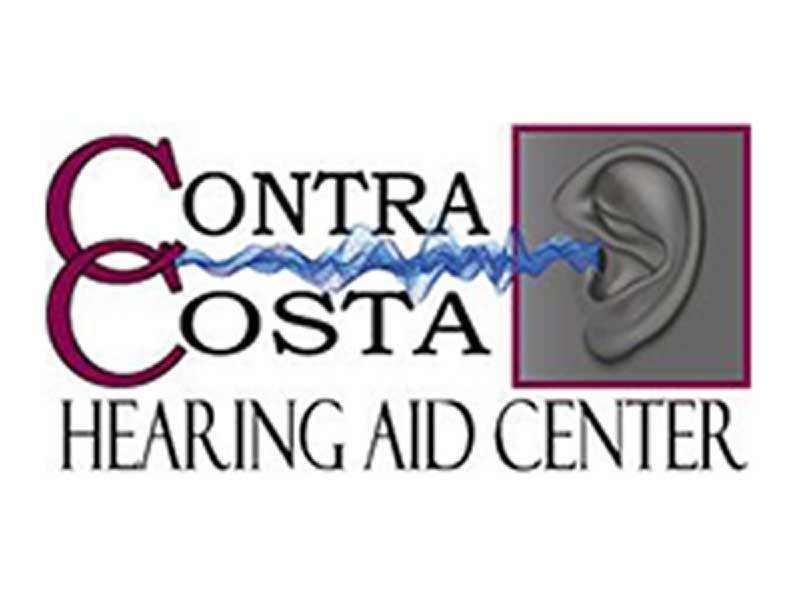Nowadays, people with hearing difficulties have more hearing aid models accessible to them than at any other time.One of the most prevalent models is the behind-the-ear (BTE) hearing aid, which like any other device has a number of pros and cons. If you are considering buying hearing aids for yourself or for someone close to you, the details in this brief article may help you determine whether a behind-the-ear hearing aid might be a good choice.
Behind-the-ear hearing aids are some of the most easily recognizable listening devices. The first thing you’ll recognize is a small, curved plastic case that rests in back of the ear and is attached to a different component placed inside the ear. The hearing aid itself is housed in the “case” section of the device. This case holds the battery, the device’s electronics, and the buttons that allow users to cycle through different features and programs. The portion located inside the ear is known as the ear mold. Ear molds are meticulously tailored for each person, making them a comfortable way to conduct sounds from the case to the ear canal.
There are a number of advantages associated with wearing a BTE hearing aid. To begin with, because of the case’s large size, the BTE is able to hold larger batteries, conferring upon it a longer battery life between charging and delivering superior amplification capabilities. Additional space also allows for additional features, including telecoil, directional microphones and Bluetooth. Finally, it is much easier to handle these devices, making battery replacement and cleaning easier than it can be in more compact styles.
Appearance is among the most reported disadvantages to BTE hearing aids. The exact same larger casing that gives the BTE so many advantages over other types which are worn entirely inside the ear also makes it very difficult to disguise. For people who want to do as much as possible to hide the fact that they are wearing hearing aids, it is possible to conceal them by buying a case tinted to match their complexion. Noise from wind can also be a challenge with behind-the-ear hearing aids, though most of them now have software and hardware features embedded to lessen or eliminate this problem.
Depending upon your own lifestyle priorities and how you weigh their pros and cons, BTE hearing aids might be the right option for you. Consult your hearing care specialist to learn more about behind-the-ear hearing aids.
